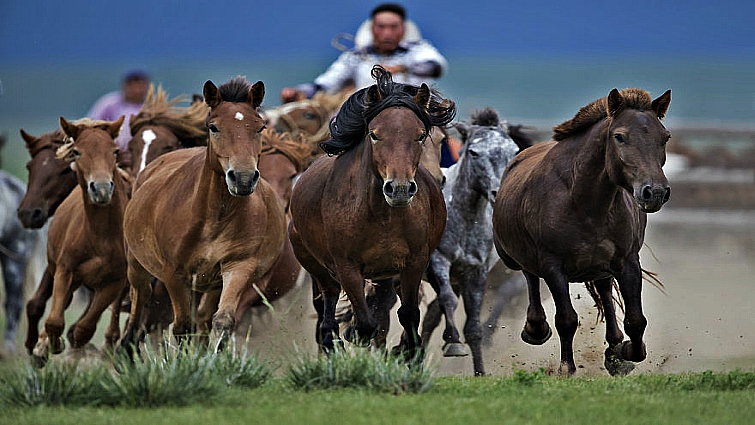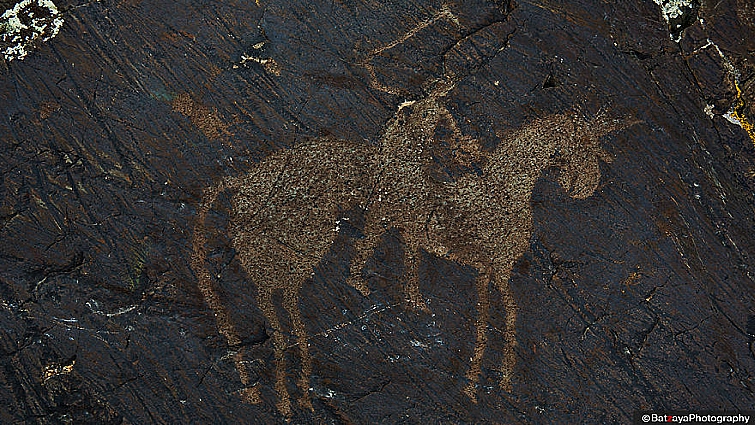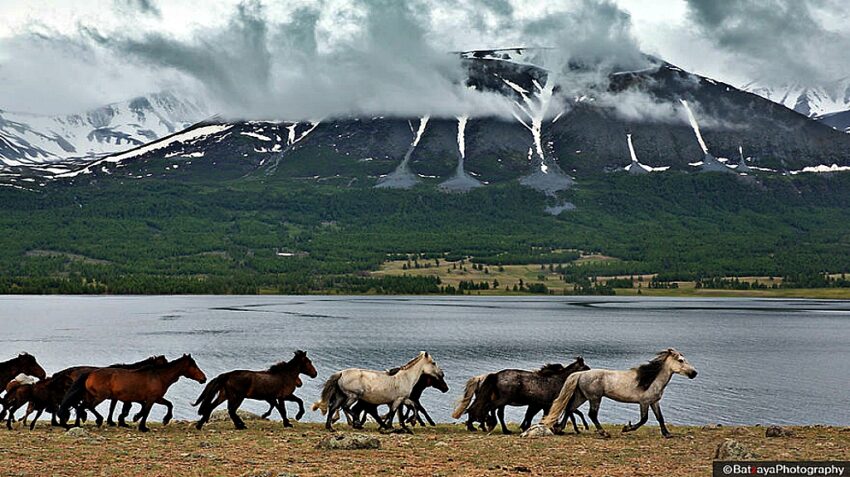Today we are going to talk about Mongolia, the country of adventure, which is known for its long tradition with horses and the great history behind it. It is thought that there is no other country where horses are such important and fundamental than in Mongolia. Since the beginning of the horse domestication, and until now in our modern days, horses have provided some of the most important things that Mongols have in their lives today. Mongolia is known worldwide as the land of the horses, and Mongols even call themselves the “the horse people” – a powerful claim that no other country would dare to say it.



Horses are each family’s proudest ownership and people there ride on a daily basis Mongolia’s half-wild horses for work or leisure. Riding their magnificent horses is such a breathtaking experience, especially for beginner riders who come from all the countries to be able to enjoy it.
An Important Part of Daily Life
Mongolia still remains a horse-based culture and its 2.4 million people who are semi-nomadic, carry themselves essentially by breeding five domestic species. The horse, which is the most important and prized species in Mongolia, is used for travel, herding, hunting, and sport. A herder from Mongolia even said that they were nothing without their horses and that they respect horses as their best mate of night and day. The horse is the cause of the happiness and dignity of a Mongolian herder.



Horses In Mongols History
Mongolians have a large and extensive story or culture which relates to the horses. It’s practically unmanageable to tell the story of Mongolia without inescapably mentioning Chinggis (Genghis) Khan. Seven centuries ago, he erupted onto Mongol and world history with a vibrant impact that still reflects throughout the whole nation today. Genghis Khan’s control of the power of horses evolved out of a long tradition of Central Asian horse culture. People used to exchange goods and trading information on horseback, uniting peoples and ideas along the ancient steppe routes.



Semi-Wild Horses of Mongolia
Most of the horses of Mongolia are small but they are indescribably powerful, fast and are well known as a good companion of the Mongol warriors during the Khan’s victories in the 13th century. They never lived in a fence and nomads do not feed the horses with processed hay, but instead, they migrate many times a year for a better pasture, as they graze and run wildly on the open steppes, higher Mountains, Gobi desert and in the deep taig.



Mongol horses never had a man-made layer in deep hard winters when the temperature drops to -40 Celsius degrees as they are bred to survive in harsh conditions and not the same as other breeds in the world. As we mentioned before Mongolian horses are an utterly important source of Mongolians maintenance, used as transportation, food resource, leather works and much more. So it is incredible that there can exist a normal life without horses in Mongolia. There are innumerable examples that prove to us how important horses are. From various disciplines such as arts or sports, epic legends to modern popular songs and from horse racing to horseback riding tours, horses are in the true heart of their simple nomadic lifestyle.



Small kids are taught to ride before they walk in Mongolia
Due to Mongolia’s nomad culture, kids start to learn how to ride a horse since the first years of their lives. Their parents’ way of life prepares them for various riding techniques and the beautiful relation that is created between humans and their adorable horses. Parents are not afraid to keep their kids very close to animals and migrate with them several times a year.



When a kid is 4 years old it is a tradition that they start to train and prepare for horse racing, and by the age of 5, they are able to participate in different racing events. So it is one of the most valuable skills for nomad kids. There is such a strong bond between kids and horses that it is created from the moment that the kids are born.



Horse Racing – A Big Part Of Horse Culture In Mongolia
Horse racing is organized as a way of celebrating national holidays and other events. It is a typical sports event in Mongolia during different times of the year but mostly in spring and autumn. Mongolia’s winter continues for about 5 months which is a great example who shows us once again how the Mongol horses live and race even in harsh weather.



